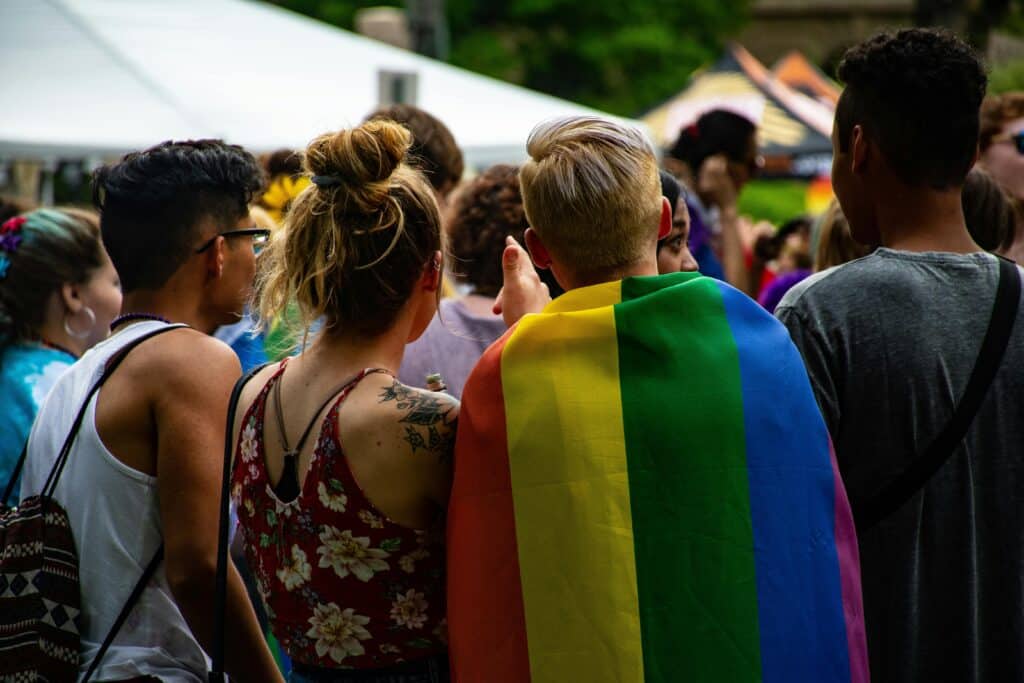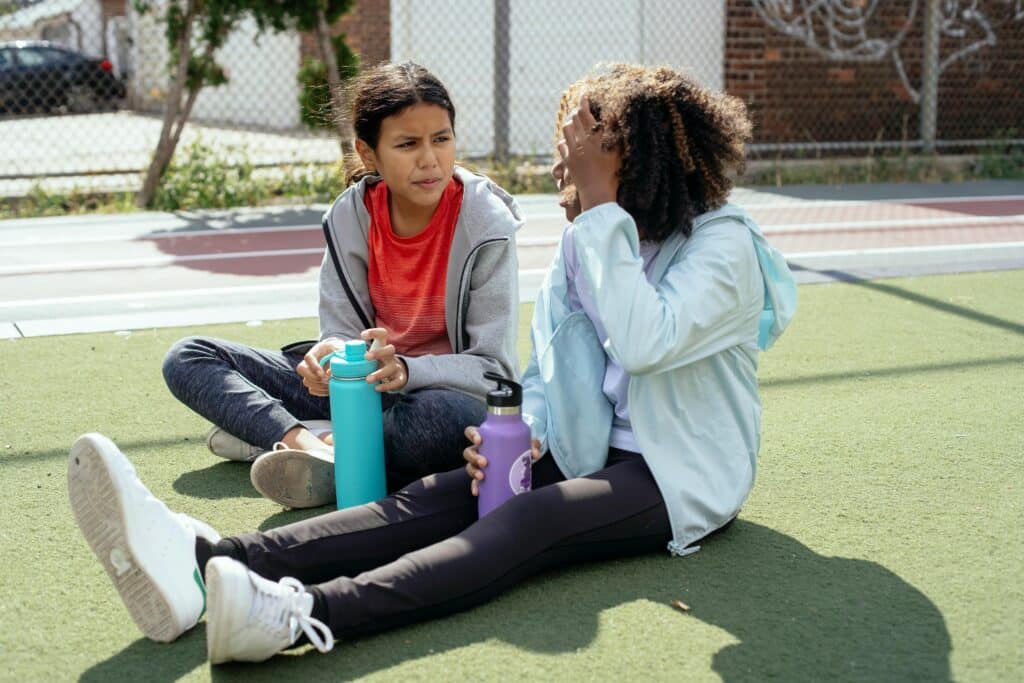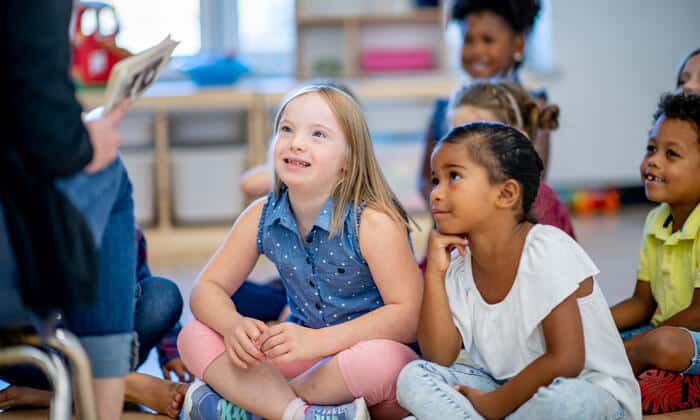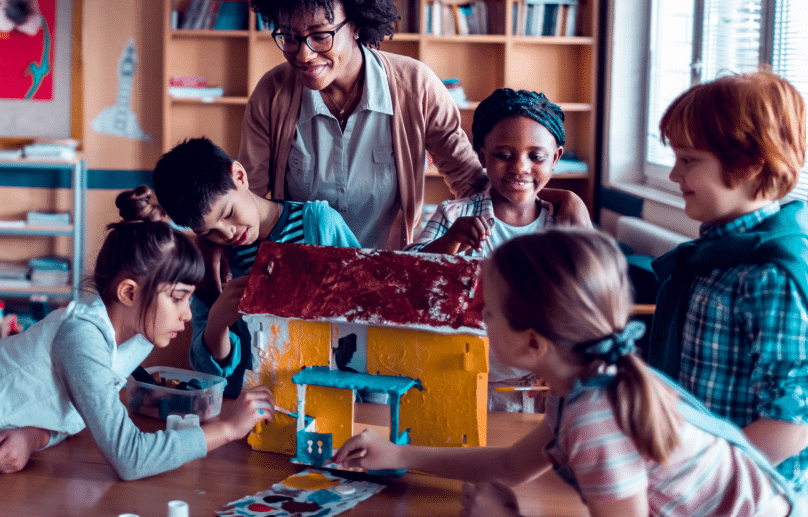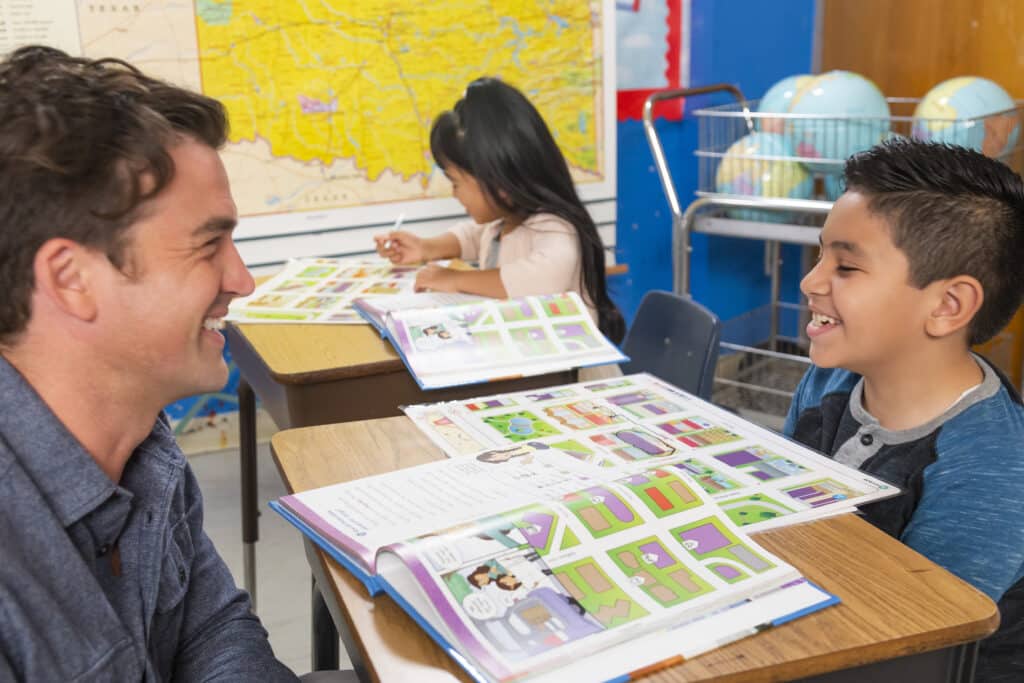Learning playlists
Learning Resources > Learning Playlists
Explore our thoughtfully designed Learning Playlists, created to guide educators, administrators, and support staff through structured courses and resources that enhance their skills and understanding on a specific topic. Whether you’re focusing on welcoming newcomer students, supporting the LGBTQ+ community, fostering inclusive classrooms, or building tiered support systems, our Learning Playlists empower you to create positive, impactful change in your school community.
Some of our learning playlists offer resources for different levels of readiness for schools participating in Resilience-Supportive Schools Illinois (RSSI), but any school can benefit from these learning playlists. For more information on RSSI, click here. The three levels of readiness are:
- Initiating: school is just getting started in a specific area of work, such as building mental health supports, and is exploring what is out there and how to do it.
- Informing: school has some elements of in place but is still learning, adjusting and growing.
- Investing: school has been on the journey for several years and is looking to solidify approaches and practices.
Social Emotional Learning
The positive impact of Social and Emotional Learning (SEL) is substantiated by extensive research, demonstrating that an educational framework emphasizing SEL results in favorable outcomes for students, educators, and the wider school community. Numerous independent studies across diverse disciplines confirm that SEL leads to advantageous outcomes in areas such as social and emotional skills, academic achievement, psychological well-being, positive health behaviors, school environment and safety, and long-term life outcomes (Collaborative for Academic, Social, and Emotional Learning). Click on the boxes below for the curated resources.
Culturally Responsive Anti-racist Equitable (CARE)
In a culturally responsive school or district, students’, families’, and educators’ cultures are included in all aspects of supports and services that promote well-being and mental health. Anti-racist policies and practices promote equity and oppose racism and other forms of oppression. Equitable schools and districts provide the climate and resources that enable all students and educators to perform at their highest level. Culturally responsive, anti-racist and equitable (CARE) schools and districts embrace cultural differences and assets; use cultural knowledge to promote wellness and academic success; mediate power imbalances based on cultural identities; and work to dismantle systems of injustice. Click on the boxes below for the curated resources.
Mental Health
According to the literature, 3.8 million U.S. children have unmet mental health needs. Of children with an identified mental health need, only a little bit over half, 51% get the mental health support they need. Of those students, 58% get that help in schools. There is also a shortage of mental health providers, and many barriers to people finding linguistically and culturally appropriate services on top of other barriers that we know exist in school communities. For many students, schools are the first and only setting in which they receive behavioral health supports. This is why this topic of mental health literacy is so critical for schools and districts.
The resources below are recommended for schools or districts starting in this work. Your school or district may be exploring this work and wondering where to begin. These resources focus on mental health literacy and promotion (Tier 1), which are fundamental components of school or district-wide student mental health supports. Click on the boxes below for the curated resources.
Trauma Responsive & Healing Centered
Creating a trauma-responsive and healing-centered school culture begins with cultivating self-awareness, individually and collectively. Research shows that when educators understand the impact of trauma on the brain and learning (Perry & Szalavitz, 2017), engage in reflective practice to build emotional resilience (Jennings, 2015), and shift from trauma-informed approaches to healing-centered engagement (Ginwright, 2018), they are better equipped to foster environments of safety, connection, and growth. Click on the boxes below for the curated resources.
Want to explore more? Check out these learning playlists.

